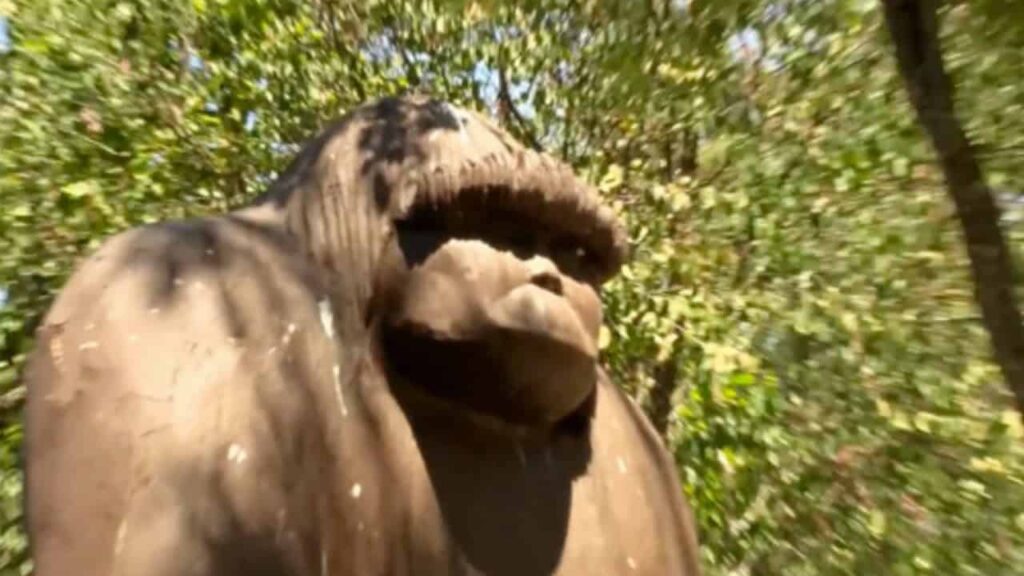By Robert Scucci
| Published
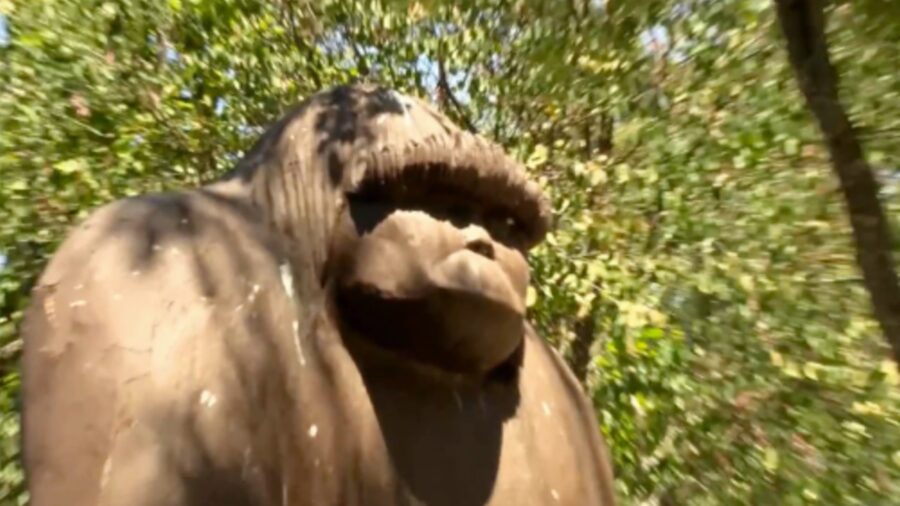
Several months ago, I made the argument that found footage needs to get away from horror, and Bobcat Goldthwait’s Willow Creek is the closest thing I’ve found to proving the concept of a lighter, borderline comedic approach to the subgenre. For the sake of total transparency, I have to admit that Willow Creek isn’t a total laugh-out-loud outing, but rather a traditional “lost in the woods with shaky camerawork” kind of project that’s made humorous by its two lead actors, Alexie Gilmore and Bryce Johson.
Filmed in just a week, and clocking in with a runtime of only 80 minutes, Willow Creek benefits from a sense of urgency that doesn’t feel manufactured because its production limitations made its pacing and minimalist approach seem like a feature instead of a bug.
Kelly And Jim Are A Believable Couple
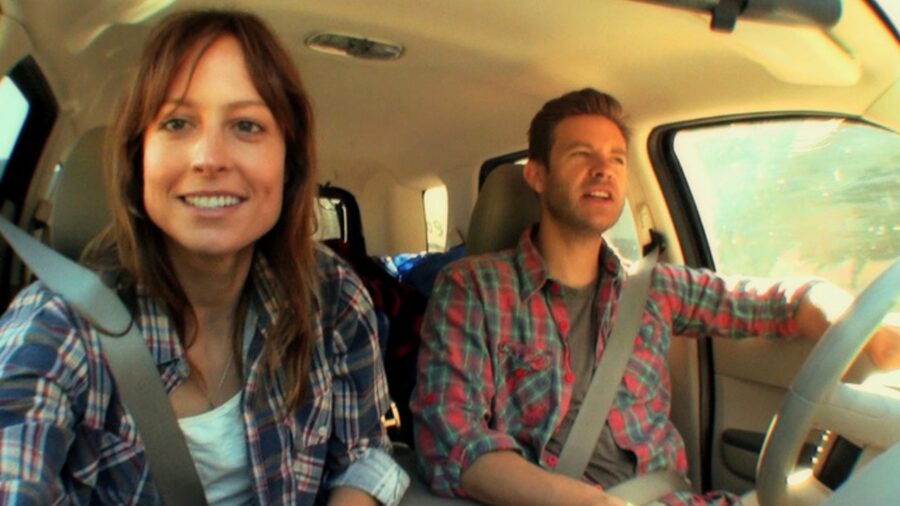
Willow Creek centers on a Bigfoot enthusiast named Jim (Bryce Johnson), and his ever-skeptical girlfriend, Kelly (Alexie Gilmore), as they travel to Six Rivers National Forest in Northern California in search of Bigfoot. Inspired by the 1967 Patterson-Gimlin film that made Bigfoot a part of our cultural zeitgeist and a household name, Jim’s ultimate goal is to retrace the steps of Roger Patterson and Robert Gimlin, who allegedly filmed the famed footage of Bigfoot casually strolling through the woods that has since been either celebrated for its authenticity, or held under extreme scrutiny for being a bona fide hoax.
Kelly makes it very clear that she doesn’t believe in Bigfoot and that she thinks Jim is crazy, but she tags along for the trip because she loves spending time with him.
This boyfriend/girlfriend dynamic is what sets Willow Creek apart from other found footage films because they rail on each other in ways that are accurate, but coming from a place of love as if they were best friends who know how much they can push each other’s buttons before taking things too far. On several occasions during their initial road trip to Bigfoot county, Kelly rips into Jim for being a crazy conspiracy theorist, but she’s also willing to test out the camera equipment while driving on a winding country road because she knows how much Jim cares about finding the real, in-the-flesh Bigfoot on their trip.
Chatting With The Locals
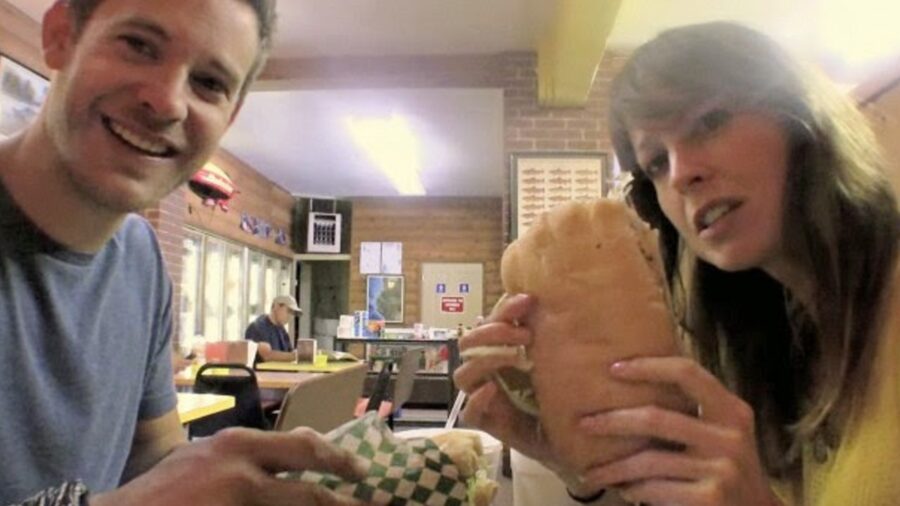
According to writer/director Bobcat Goldthwait, who I didn’t know knew how to do anything other than yell in that idiotic voice that he was best known for in the ’80s (that’s on me), the locals that Jim and Kelly approached in the first act were kept on a need-to-know basis, and he allowed Gilmore and Johnson to lead their interviews so the footage would come off as more authentic.
What I enjoyed most about Willow Creek, if this claim of authenticity is true in regard to these exchanges, is how the locals all deny Bigfoot’s existence, while simultaneously serving “Bigfoot Burgers” at their restaurants, and offering photo ops in front of various Bigfoot statues. The local community’s cynicism in the form of denying the myth while simultaneously trying to capitalize on it wasn’t lost on me, and one of the more enjoyable aspects of Willow Creek.
Members of the community who are actually true believers are just as eccentric as you’d think, and they offer entertainment in the form of acoustic folk songs about the ever-elusive cryptid that would make the Appalachian Investigators Of Mysterious Sightings (AIMS) crew from Mountain Monsters proud (rest in peace, Trapper). This ongoing conflict between folklore and reality is a through line that keeps you engaged because Jim is absolutely enthralled by the lore, while Kelly can be seen trying to hold back laughter at her boyfriend’s expense on more than one occasion.
Gets A Little Grainy
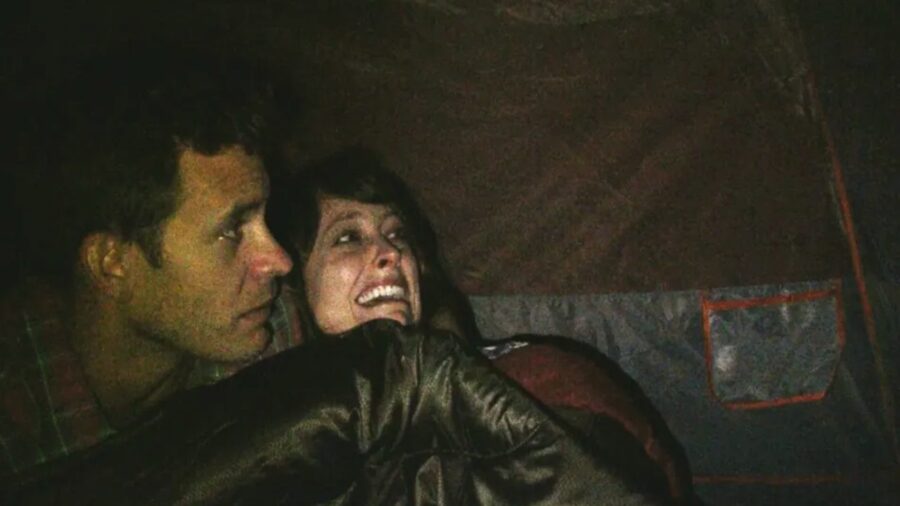

Just like real-life (alleged) footage of Bigfoot himself, Willow Creek’s third-act graininess makes an otherwise solid found footage film fall apart because it ends up being just another Blair Witch-style exercise in amateur filmmaking. On one hand, this filming method works because Willow Creek is framed as an amateur documentary, but it mostly feels like a cop-out if you’re well-versed in found footage horror – especially after the second act’s tense, late-night tent scene that would lead you to believe that this movie would end on a high note.
After all is said and done, I appreciate Willow Creek for using humor to drive its first and second acts, but it loses points for falling victim to the typical genre tropes that we’ve all seen before it reaches its conclusion. The performances are so strong, however, that you’ll enjoy this film if you go into it respecting the journey more than the destination.
As of this writing, you can stream Willow Creek for free on Tubi.

